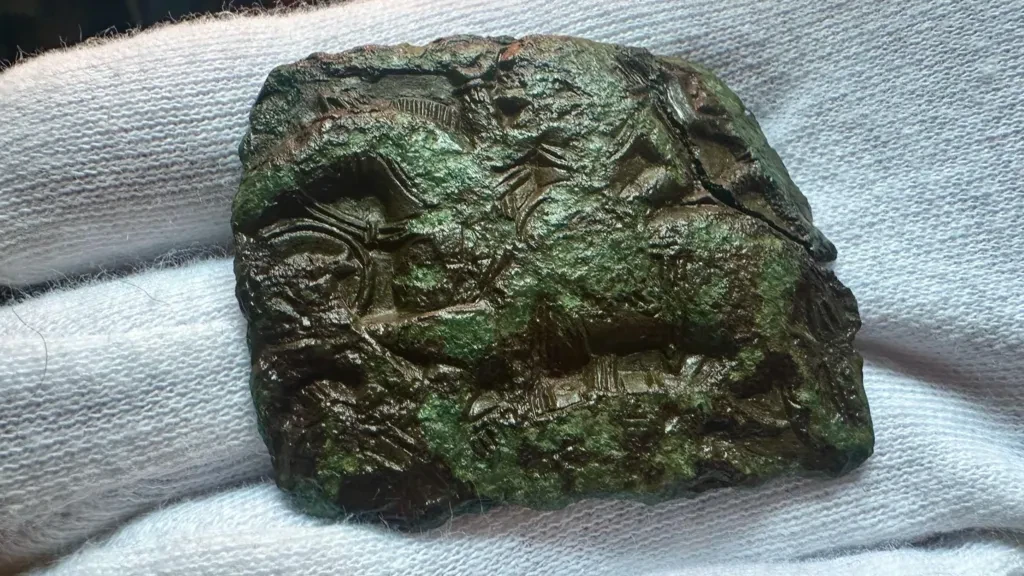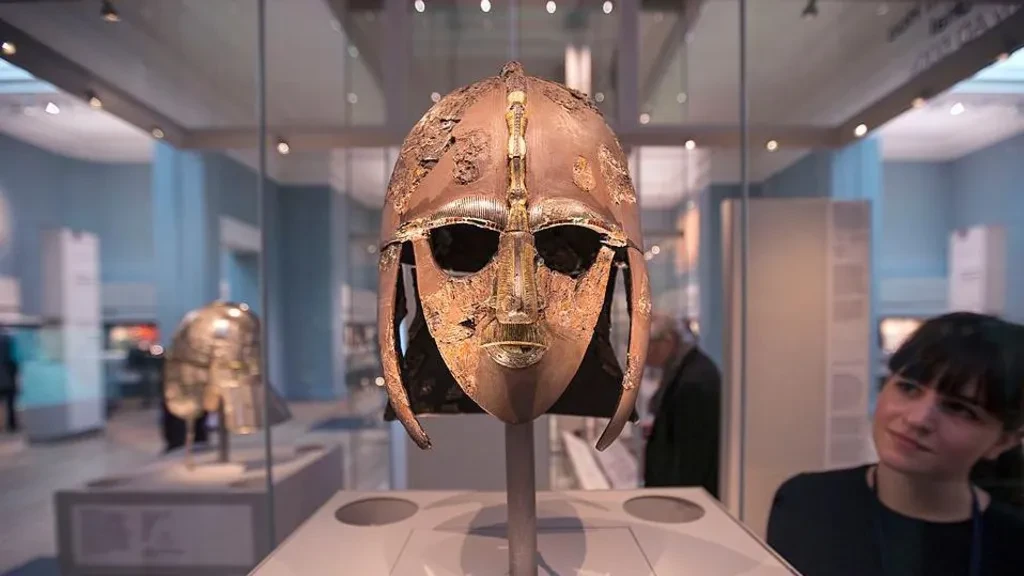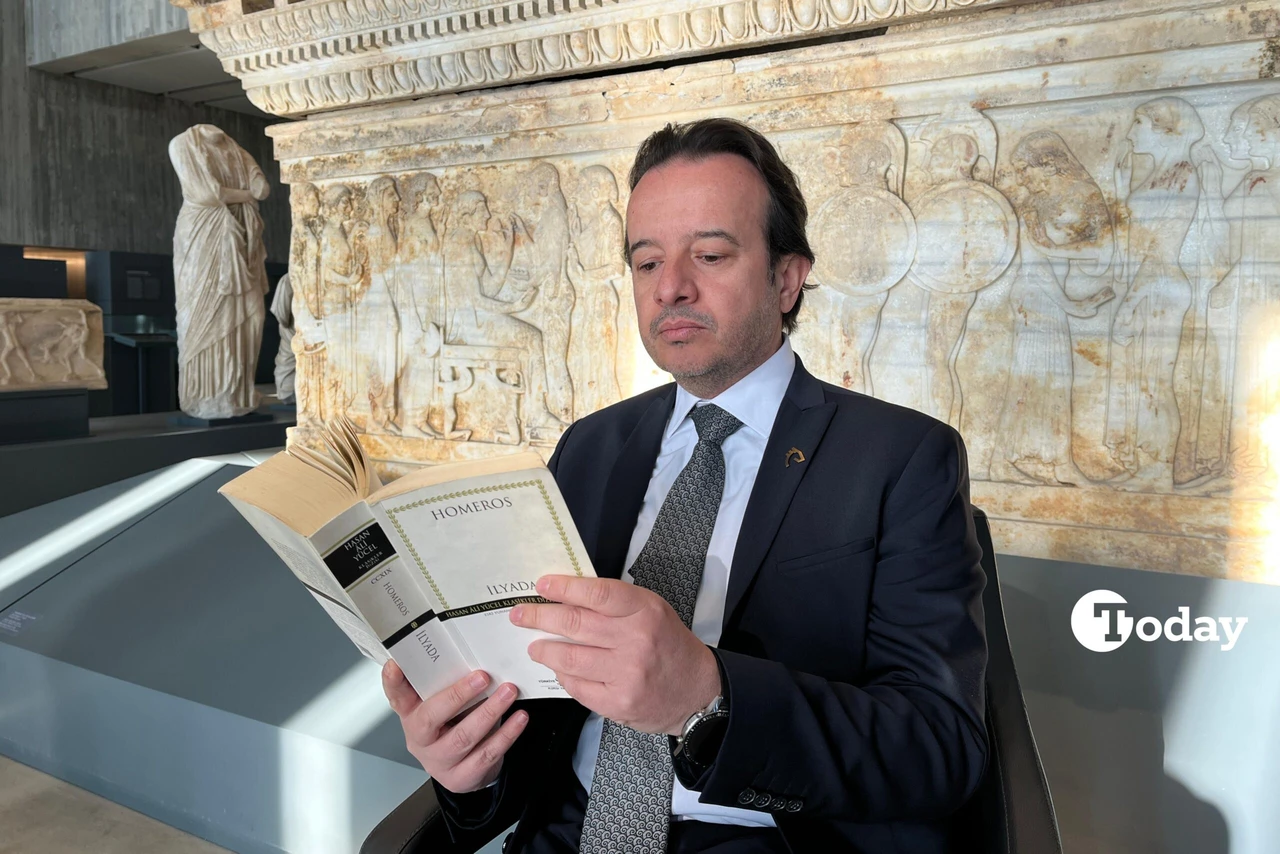Ancient Danish stamp may rewrite 7th-century Northern Europe’s power dynamics
 The copper alloy stamp depicts a warrior on horseback. (Photo via BBC)
The copper alloy stamp depicts a warrior on horseback. (Photo via BBC)
Archaeologists have revealed that a metal fragment, discovered nearly two years ago on Denmark’s Tasinge Island and believed to be a stamp, could reshape perceptions of power structures in seventh-century Northern Europe.
According to a BBC report, researchers previously identified the famous Sutton Hoo helmet, unearthed in a 1939 ship burial in Suffolk, England, as Swedish because of its intricate motifs.
The Sutton Hoo helmet, now housed at the British Museum, features decorations inspired by artifacts from different parts of the world.
Striking similarities raise new questions
However, the newly discovered stamp, designed to create patterns on metal, presents a strikingly similar horse figure to that found on the Sutton Hoo helmet. Experts suggest this could indicate that the helmet—or at least its design—was influenced by Denmark or even crafted there.
Measuring approximately 5 centimeters and made of a green-hued copper alloy, the artifact raises the possibility that Denmark, rather than Sweden, played a central role in shaping the power balance of the era. If confirmed, this finding could challenge long-held assumptions about seventh-century Northern European dominance.

Expert analysis, future examination
Peter Pentz, a curator at Denmark’s National Museum, pointed out the specific details of the horse figure’s mane, ears, and tail. “If we focus on the horse itself, we can see that it is the same horse,” he explained.
Archaeologists hope to conduct a 3D scan of the worn and aged stamp to analyze its details further and establish a more definitive connection between the artifact and the Sutton Hoo helmet.
Debate among scholars
Some researchers remain cautious, noting that the stamp was found in an area with limited excavation history. This raises the possibility that it originated elsewhere rather than being crafted in Denmark.
They emphasize that drawing sweeping conclusions from a single discovery might be premature.
Despite the ongoing debate, the stamp is set to be displayed at Denmark’s National Museum, offering the public a closer look at this potentially groundbreaking artifact.



